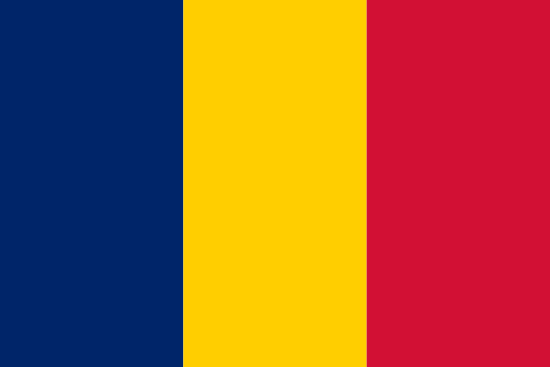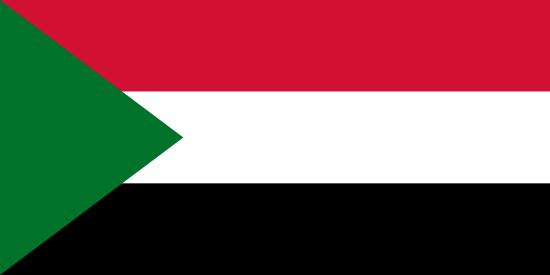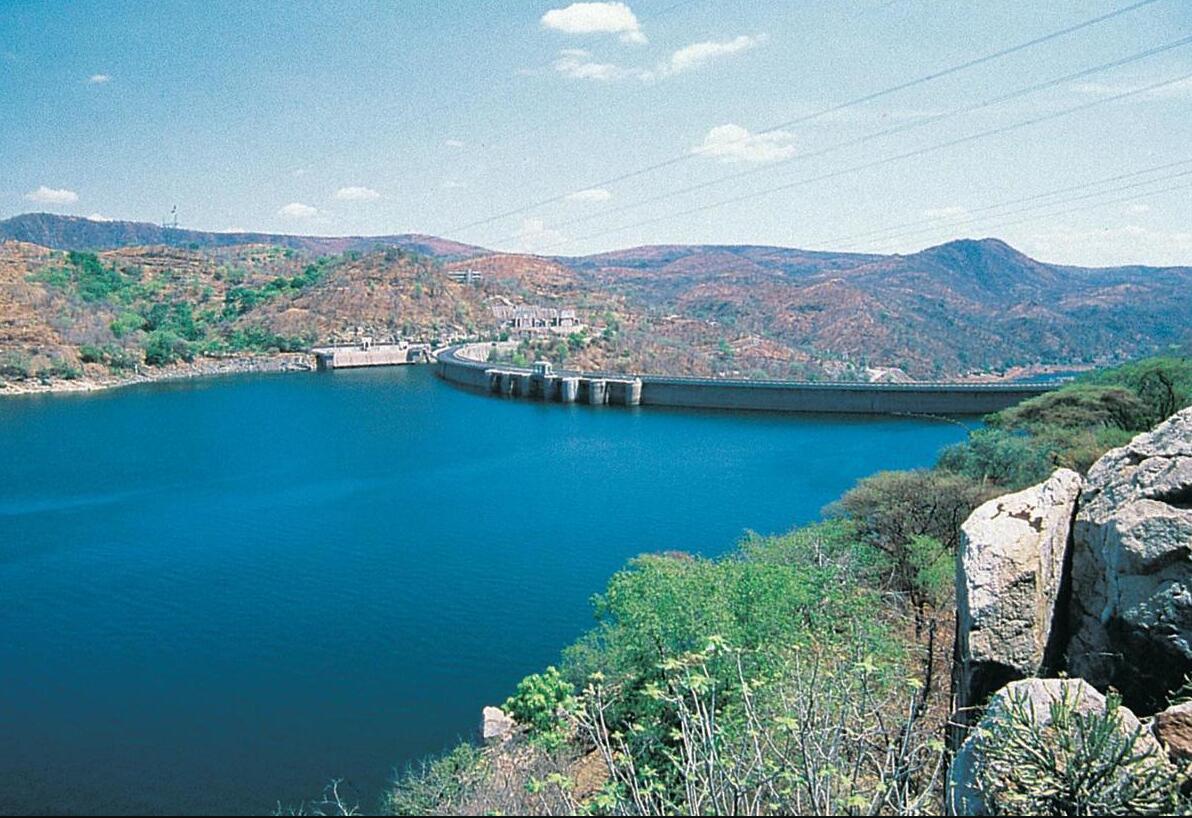Chad Overview
Chad is located in Central Africa and borders Libya, Sudan, the Central African Republic, Cameroon, Nigeria and Niger. The northern part of Chad is located in the Sahara Desert.
| Capital: | N’Djamena |
| Biggest city: | N’Djamena |
| State: | republic |
| Language: | Arabic, French |
| Religion: | Christianity, animism, Islam |
| Surface: | 1 284 000 km² |
| Population: | 12.2 million (2013) |
| Population density: | 8 residents per km² |
| Life expectancy: | 48 years |
| Illiteracy: | 74% |
| Currency: | CFA franc (XAF) 1 CFA franc = 0.01 kr |
| GDP per capita: | $ 1,700 (2010) |
| Time difference: | +0 hours |
| Electricity: | 220/380 V AC, 50Hz |
| National Day: | August 11th |
| Country area code: | 235 |
| 2-Letter country abbreviation: | TD (See more abbreviations on Abbreviationfinder) |
| Business: | agriculture 85%, service sector and industry 15% |
| Climate: | tropical in the south, desert climate in the north |

Chad is divided into three major geographical regions: a desert zone in the north, a dry Sahel belt in the middle and a more fertile savannah in the south. Lake Chad, after which the country is named, is the largest wetland in Chad and the second largest in Africa.
Chad has about 200 distinct ethnic groups, which create diverse social structures. The colonial administration and the independent governments have tried to establish a national community, but for most Chadians, the local or regional community remains the most important influence outside the immediate family. The peoples of Chad can still be classified according to the geographical area in which they live. In the south live settled people such as sara, the country’s largest ethnic group, whose main social unit is the family. In the Sahel, settlers live side by side with nomadic peoples, such as the Arabs, the country’s second largest ethnic group. The northern part of the country is inhabited by nomads, mainly toubouers.
French and Arabic are the official languages, but over 100 languages and dialects are spoken. Islam is the most widespread religion.
WORLD HERITAGE
The following objects in Chad are listed as a UNESCO World Heritage Site.
The year in which the item was added to the list is indicated in parentheses.
- Ouniangasjöarna (2012)
ELECTRICAL OUTLET
Electricity and electrical outlets in Chad
Voltage: 220 V
Frequency: 50 Hz
Type of plug: D, E, F
Need an adapter: No, you do not need an adapter.
CLIMATE AND WEATHER
Weather in N’Djamena
| Climate | Jan | Feb | Mar | Apr | May | Jun | Christmas | Aug | Sep | Oct | Nov | Dec |
| Average temperature °C | 24 | 26 | 30 | 33 | 33 | 32 | 29 | 27 | 28 | 29 | 27 | 24 |
| Rain (mm) | 0 | 0 | 1 | 1 | 16 | 28 | 114 | 173 | 61 | 4 | 0 | 0 |

N’Djamena
According to Countryaah, N’Djamena is the capital of Chad, and has about 721,000 residents (2006). The city is the country’s administrative center, and is also a regional trade center for mainly livestock, salt, dates and grain. The city’s main industry is meat production, and N’Djamena is the country’s largest city.
The city was founded by the French in 1900 and in 1920 became the capital of the territory of Chad within French Equatorial Africa. Until 1973, the city was called Fort-Lamy, after an army officer who was killed in battle. The name N’Djamena is Arabic for “resting place”.
The city was looted during the Civil War in the late 1970s. Many residents then fled the city, but in recent years the city has recovered. The city is located on the Chad side of the Chari River. On the other side is Kousséri in Cameroon, and a bridge connects the cities.


